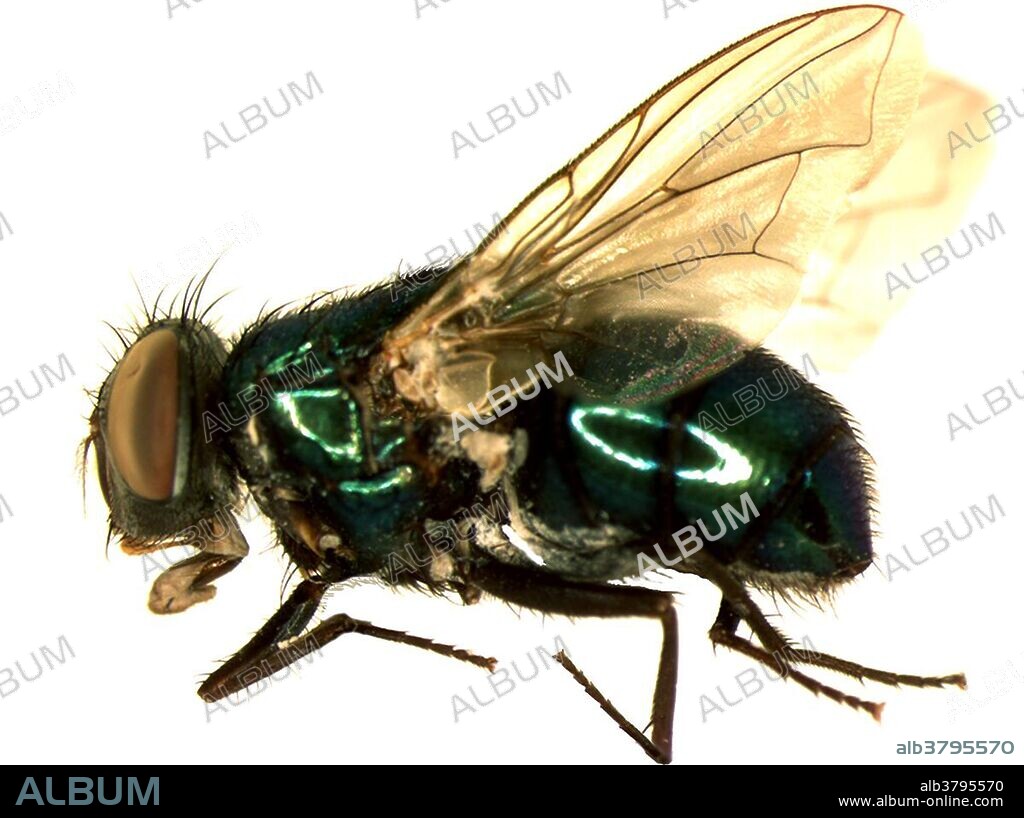alb3795570
Forensic Helper, Common Green Bottle Fly, Blow Fly

|
Ajouter à une autre Lightbox |
|
Ajouter à une autre Lightbox |



Avez-vous déjà un compte? S'identifier
Vous n'avez pas de compte ? S'inscrire
Acheter cette image

Titre:
Forensic Helper, Common Green Bottle Fly, Blow Fly
Légende:
Voir la traduction automatique
The common green bottle fly (Lucilia sericata) is a common blow-fly found in most areas of the world, and the most well-known of the numerous green bottle fly species. L. sericata is an important species to forensic entomologists. Like most Calliphorids, the insect has been heavily studied and its life cycle and habits are well documented. Due to this, the stage of the insect's development on a corpse is used to calculate a minimum period of colonization, so that it can used to aid in determining the time of death of the victim. The presence or absence of L. sericata can show a lot about the conditions of the corpse. If the insects seem to be on the path of their normal development, it is likely that the corpse has been undisturbed. If however, the insect shows signs of a disturbed life cycle, or if it is absent from a decaying body, this can show signs of post-mortem tampering with the body. Because L. sericata is one of the first insects to colonize a corpse, it is preferred over many other species in determining an approximate time of colonization. Developmental progress is determined with relative accuracy by measuring the length and weight of larval life cycles.
Crédit:
Album / NLM/Science Source
Autorisations:
Modèle: Non - Propriété: Non
Questions sur les droits?
Questions sur les droits?
Taille de l'image:
3600 x 2691 px | 27.7 MB
Taille d'impression:
30.5 x 22.8 cm | 12.0 x 9.0 in (300 dpi)
Mots clés:
ADULTE • CADAVRE • CHAMP • CORPS CADAVRES • CORPS HUMAIN • CORPS • DÉPOUILLE • DIVERS • ENTOMOLOGIE • FAUNE (ANIMAL) • FAUNE • LÉGISTE • MEDICAL • MORT CADAVRES • RECHERCHE
 Pinterest
Pinterest Twitter
Twitter Facebook
Facebook Copier le lien
Copier le lien Email
Email
